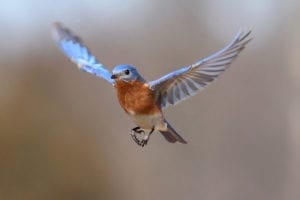I have just come back from an extended weekend vacation on the North Shore of Lake Superior. It is my annual visit to this inspiring place and a wonderful way to anchor myself in nature and spend time communing with the big lake and walking in the forests.
This year, I spent some time watching the birds, sea gulls, hawks, and eagles, flying along the coast and in mountain and forest terrain. I was struck by the way birds dance with the wind. There is always a flurry of activity to take off, but once airborne, the birds start following the updrafts and wind currents. There are periods of gliding with wings spread wide, small course corrections, and flapping of wings as they rise to a new level, land, or take off after sitting on a tree branch.
It was the easy relationship birds have with wind that got me to reflect on the exhibition of interdependence that the birds had with the wind currents. I wondered if birds take this flow for granted? Do they assume that wind is there to help them fly, glide, and rest? Do they question the interdependence, or do they assume that is how things work?
The Default of Organizational Separation
How different is this natural flow between birds and wind and this example of interdependence in practice from the way our organizations see interdependence? It seems that our organizational default is to support the belief and practice of separation rather than connection. We write job descriptions that maintain a focus on duties the individual is responsible for without also naming the relationships and ways this person’s contributions are essential to other’s ability to achieve their goals.
How many times have you needed the active support from another department or individual only to have them delay or resist the request because they were too busy getting their own work done? When we prioritize individual autonomy and separation in our organizations, we also support the belief that an individual’s work is more important than how their work helps others to be productive. This default and unexamined habit results in the decrease of overall productivity.
Recognizing and Optimizing Interdependence into our Organizations
What would happen to our organizational productivity if we not only saw our interdependence with other’s responsibilities but structured the organization to optimize and support interdependent relationships? One strategy that builds interdependence within a leadership team is to have each team member name how others on the team can make or break them by delivering or withholding cooperation, information, and support. This is a simple and effective way to help leadership teams acknowledge the importance of interdependence and see where the default of separation and autonomy hinder the organization. With this insight, it can help a leadership team shift the conversation to how departments and divisions can help vs. hinder the organization’s ability to achieve their strategic goals.
The visual of birds flying and coasting on the wind, naturally using updrafts and currents to shape their flight and conserve energy, is a reminder that we are surrounded by connections that overtime become interdependent relationships. The birds have enough experience with wind that they unconsciously use and expect the support they receive from the wind to aid their flying. What if we had that same belief in our organizations? And what if we extended that belief to the relationship we had with our communities, supply lines, and customers? Would we treat each other differently?
The next time you watch birds flying ask yourself if people in your organization are working with each other with the same ease that a bird and wind do. Usually, there are pockets within organizations that work this way and others that don’t. How can you as an organizational leader help others to see their connection and work in a way that supports each other and the larger organization?
Dr. Kathleen E. Allen is the author of Leading from the Roots: Nature Inspired Leadership Lessons for Today’s World (2019) and President of Allen and Associates, a consulting firm that specializes in leadership, innovation, and organizational change. She writes a blog on leadership and organizations that describes a new paradigm of leadership that is based in lessons from nature and living systems at www.kathleenallen.net






